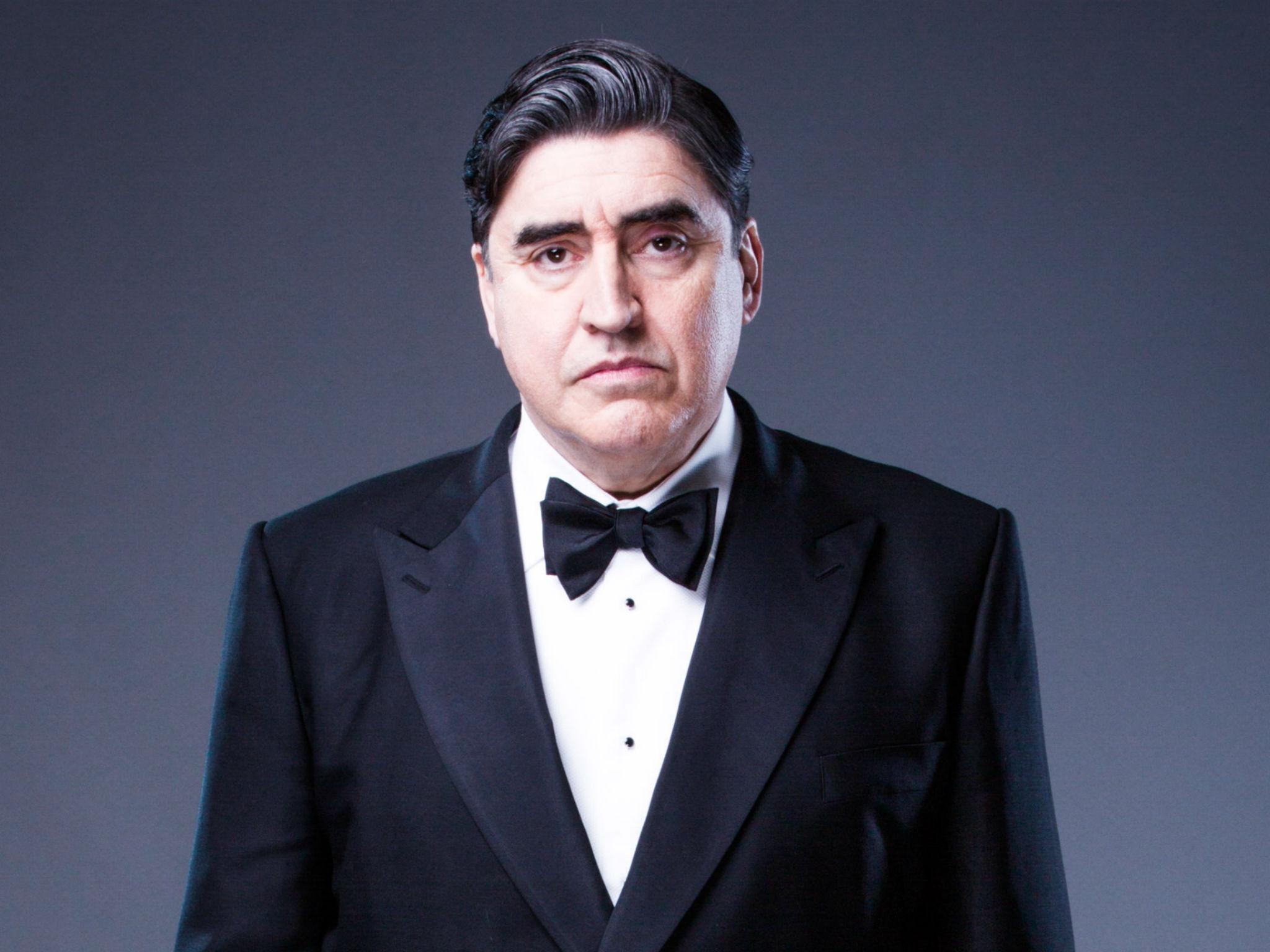in the hour of death; in the day of judgment: Help us, good Lord.
Every movement of this Requiem, with the exception of the Pie Jesu (“Merciful Jesus”), is based on the chant melodies associated with the ancient Requiem Mass. The aim of plain chant is to carry the text, rather than to paint it, so that the words tend to predominate. Listen, for a moment, to the traditional Kyrie chant that was sung for centuries as part of the Mass for the Dead:
Lord, have mercy; Christ, have mercy; Lord, have mercy.
Hamer’s helping hints: the four notes above the “Ky-“ of “Kyrie” in the chant notation should be sung from the bottom up, with F-natural serving as the starting pitch. The “VI” in the upper left-hand corner indicates “Mode 6,” which would sound like F Major to the modern ear. The character that looks like a flat sign is, well, a flat sign.
Now listen to the opening line of the Kyrie (starting at 0:22 in the following video) and see if it sounds similar to the opening statement of the chant from the previous video.
There are several other features to note about this setting of the Kyrie, from the BBC's "Afghanistan—A Service of Commemoration," broadcast live from St. Paul's Cathedral, London (13 March 2015):
| 0:54 Listen for the plaint chant melody as a cantus firmus or sustained melody on the solo stop of the organ. It matches the plain chant that you heard above, note for note. 1:23 Notice the members of the British Armed Forces in attendance at the service, for whom the prayer for mercy rings especially true! 1:49 See our allies in the British Armed Forces on patrol in Afghanistan. 1:50 The Christe Eleison section begins, with the voicing reduced to two-part women’s voices, producing a thinner texture and a more luminous sound the prayer to Christ. 2:40 The second Kyrie section, informally known as “Kyrie II,” begins, gradually leading to the dynamic climax of the work. Then the volume decreases, the voices settle, and the fervent prayer for mercy seems to return to the earth in peace. |
How might the local pastor and his parish make use of a choral setting of the Kyrie? The video you just watched from St. Paul’s Cathedral in London is a good case study in learning to pray the Kyrie in the corporate liturgy. This is just one small portion of the Service of Commemoration for military members who served in Afghanistan, but did you notice how seamlessly the spoken liturgy flowed in and out of the choral music? The structure of the historic liturgy is an excellent opportunity for pastors, church musicians, and congregations to delve deeper into the theology and music of every part of the liturgy. How many people who attended the service in this video, for instance, developed a deeper appreciation for this prayer of the faithful? Far from sinners crying out to an angry God (its traditional misunderstanding), the Kyrie gives the church a voice to pray for gifts of the Gospel—life, salvation, and resurrection from the dead—that proceed from the Father, through the Son, by the Spirit. The following excerpt from The Litany summarizes the meaning of the Kyrie in the time of death here and now, and in the time of judgment yet to come:
| From all sin, from all error, from all evil; From the crafts and assaults of the devil; from sudden and evil death; From pestilence and famine; from war and bloodshed; from sedition and from rebellion; From lightning and tempest; from all calamity by fire and water; and from everlasting death: |
| Good Lord, deliver us! |







 RSS Feed
RSS Feed
